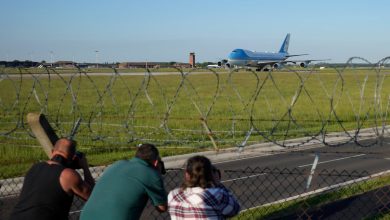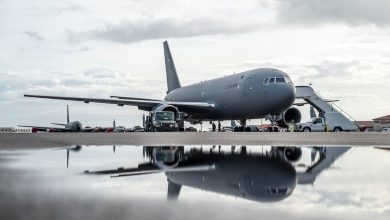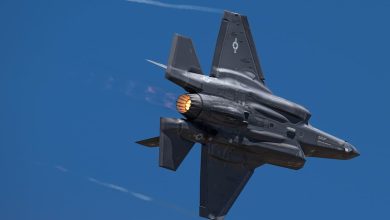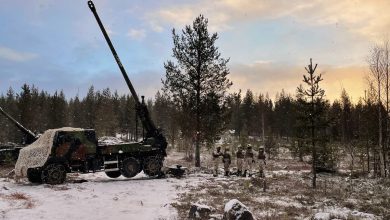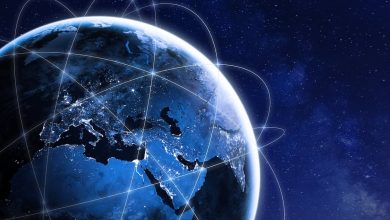US Space Force is urged to flag emerging humanitarian crises on Earth
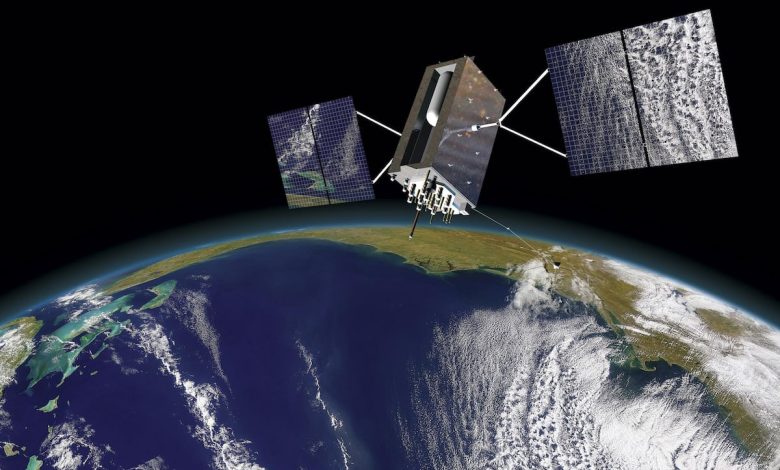
The U.S. Space Force should play a greater role in tracking factors related to human security, like food production, climate trends or energy distribution, for military decision-makers, according to a new report from RAND Corp., a federally funded research center.
That’s because the service’s access to communication, navigation and intelligence satellites provides a unique opportunity to monitor non-military factors that often lie at the heart of conflict on Earth, the authors argue.
The report from the public policy research firm highlights the military’s role in disaster prevention and crisis response, pointing to portions of the 2022 National Defense Strategy and National Security Strategy that link national security to humanitarian challenges like food insecurity, energy shortages, climate change and terrorism.
“Although several U.S. government agencies and commercial partners collect and monitor indicators that are potentially related to human security, the [Space Force’s] role as a military service makes it a natural nexus for embedding human security principles and perspectives in the security workforce,” RAND states.
The report comes as Space Force capabilities to track missiles, monitor bad behavior in orbit and support military operations on the ground are in high demand. Air Force Secretary Frank Kendall told Defense News this summer that to meet current demand and expand into new mission areas, the service’s $30 billion budget needs to double or triple.
That kind of budget growth is unlikely in the near future, and RAND acknowledges this challenge in its study, noting an increasing appetite for imagery and data collection, in particular.
“Such an expansion is likely difficult to justify, given that the Space Force’s capacity cannot meet current operational demand,” RAND states. “Although the [Space Force] can potentially play a leading role in the human security area, it will need to rely on partnerships, likely with both public and private organizations, to provide the needed capabilities and capacities.”
Growing capacity and acquiring new systems will require long-term investment, but for now the service should lean on its relationships with international allies, commercial industry and other government agencies “define metrics related to human security through security cooperation training efforts.”
The Space Force should also develop training for its workforce on how to factor human security into its data collection and analysis, injecting relevant scenarios into wargames and exercises, RAND says.
As a case study on the impact space capabilities could have in preventing or managing humanitarian crises, the report explores the famine in Somalia, where over one million people have been displaced due to drought.
Space capabilities could be used to track environmental indicators like land degradation, water level changes and weather conditions. Satellites could also observe changes in food production, identify whether resources were being hoarded and identify migration patterns and indications of political violence.
“By using space capabilities to monitor such human security indicators as those proposed in this paper, the [Space Force] can help identify human security challenges as they are emerging, thus opening the door to interventions — potentially involving both resources on the ground and in the broader international community,” RAND states. “Such interventions might help prevent the escalation of cascading challenges.”
Courtney Albon is C4ISRNET’s space and emerging technology reporter. She has covered the U.S. military since 2012, with a focus on the Air Force and Space Force. She has reported on some of the Defense Department’s most significant acquisition, budget and policy challenges.
Read the full article here

